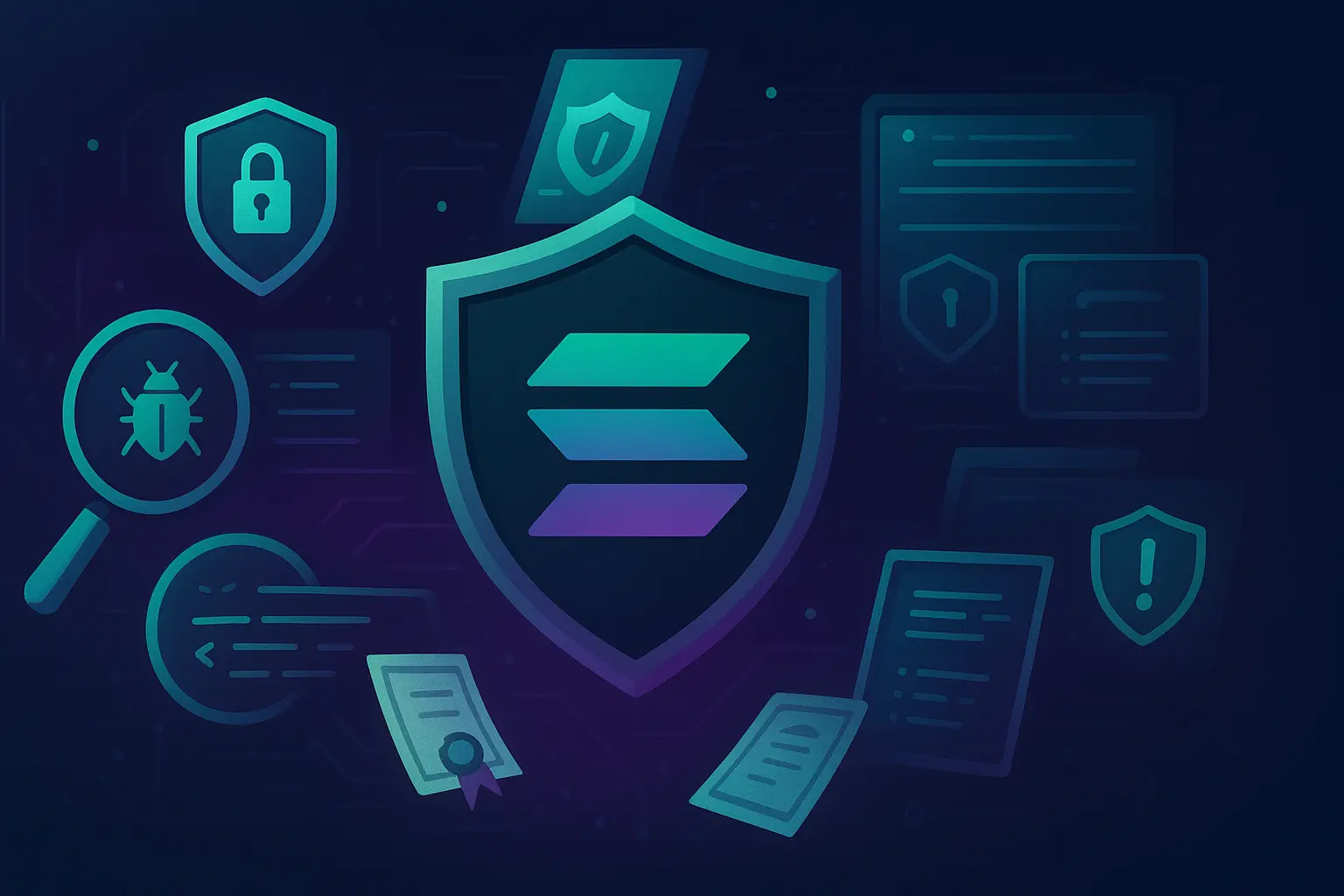The Solana Foundation has introduced a comprehensive security bounty program offering up to $100,000 in rewards for identifying critical vulnerabilities within the Anchor framework, a foundational development tool for Solana-based applications.
Targeting Core Framework Security
The initiative focuses exclusively on vulnerabilities within the Anchor library itself, deliberately excluding issues stemming from individual protocol implementations or developer errors. This strategic approach aims to fortify the framework that underpins countless decentralized applications across the Solana ecosystem.
Bounty Reward Structure
High-impact discoveries such as security control bypasses earn $10,000 to $100,000. Medium-level vulnerabilities including DoS exploits qualify for $5,000 to $25,000, while minor findings receive $100 to $5,000.
Anchor's Critical Role in Solana Development
Anchor serves as the primary smart contract framework for Solana developers, providing simplified tools to build secure and efficient programs. The framework handles crucial operations including ownership validation, memory safety checks, and other core system protections that prevent common vulnerabilities.
Community-Led Security Enhancement
By incentivizing external security researchers and developers to audit the framework, the Foundation taps into collective expertise to identify potential weaknesses before malicious actors can exploit them. This proactive approach reflects industry best practices in blockchain security.
The program targets flaws within the Anchor library itself, ensuring the foundational infrastructure remains robust as decentralized applications grow in complexity.
The Solana Foundation announced the bounty program emphasizing its commitment to maintaining transparent development standards and protecting the broader ecosystem from systemic risks.

Vulnerability Categories and Priorities
The bounty program categorizes security issues based on potential impact to the framework's integrity. High-severity vulnerabilities that could allow attackers to bypass ownership validation or compromise memory safety protections receive maximum compensation.
Medium and Low-Risk Findings
Medium-level threats include potential denial-of-service vectors that could disrupt network operations without compromising asset security. Lower-priority findings encompass edge cases and minor logic flaws that present minimal exploitation risk but still warrant correction.
This tiered approach ensures security researchers prioritize critical discoveries while maintaining comprehensive coverage across the entire framework codebase.
SOL Price Action and Market Dynamics
While the Foundation advances infrastructure security initiatives, Solana's native token faces bearish pressure. SOL currently trades near $180.05, representing a 4.69 percent decline over 24 hours and an 18.61 percent drop across the past week.
Technical Analysis Indicates Bearish Reversal
Market analyst KledjdiCuni identified SOL's breakdown below the $210 level as confirmation of a bearish reversal pattern. Repeated failures to establish higher highs have shifted market control to sellers, indicating deteriorating momentum.
The token's market capitalization stands at approximately $98.47 billion, supported by a circulating supply of 550 million tokens. Key support levels emerge around $170, with deeper retracement zones identified near $135 and $104.
Potential Recovery Scenarios
Technical indicators suggest that reclaiming the $220 threshold could invalidate the bearish setup and restore bullish sentiment. Such a reversal would require substantial buying pressure and improved market-wide conditions to overcome current selling momentum.
Ecosystem Maturation and Security Focus
The timing of the bounty program aligns with Solana's evolution toward institutional-grade infrastructure standards. As total value locked in Solana DeFi protocols exceeds $11 billion, securing foundational development tools becomes increasingly critical.
Anchor framework vulnerabilities could potentially affect multiple applications simultaneously, making framework-level security audits particularly valuable. The bounty program mitigates systemic risks by addressing issues at the infrastructure layer rather than requiring individual protocol remediation.
Industry Context
Major blockchain networks routinely maintain bug bounty programs to crowdsource security expertise. Ethereum, Polygon, and other leading networks offer similar incentives, recognizing that distributed security review models often identify vulnerabilities overlooked by internal teams.
The $100,000 maximum reward positions Solana's program competitively within the industry, attracting experienced security researchers capable of discovering high-impact vulnerabilities. This investment in preventative security measures could save substantial funds compared to post-exploit remediation costs.
Developer Confidence and Adoption
Robust security frameworks directly influence developer confidence when choosing blockchain platforms for new projects. By publicly prioritizing Anchor security through substantial financial incentives, the Foundation signals its commitment to maintaining reliable infrastructure.
This emphasis on security could accelerate developer adoption, particularly among institutions and enterprises that require stringent security guarantees before deploying production applications on blockchain networks.